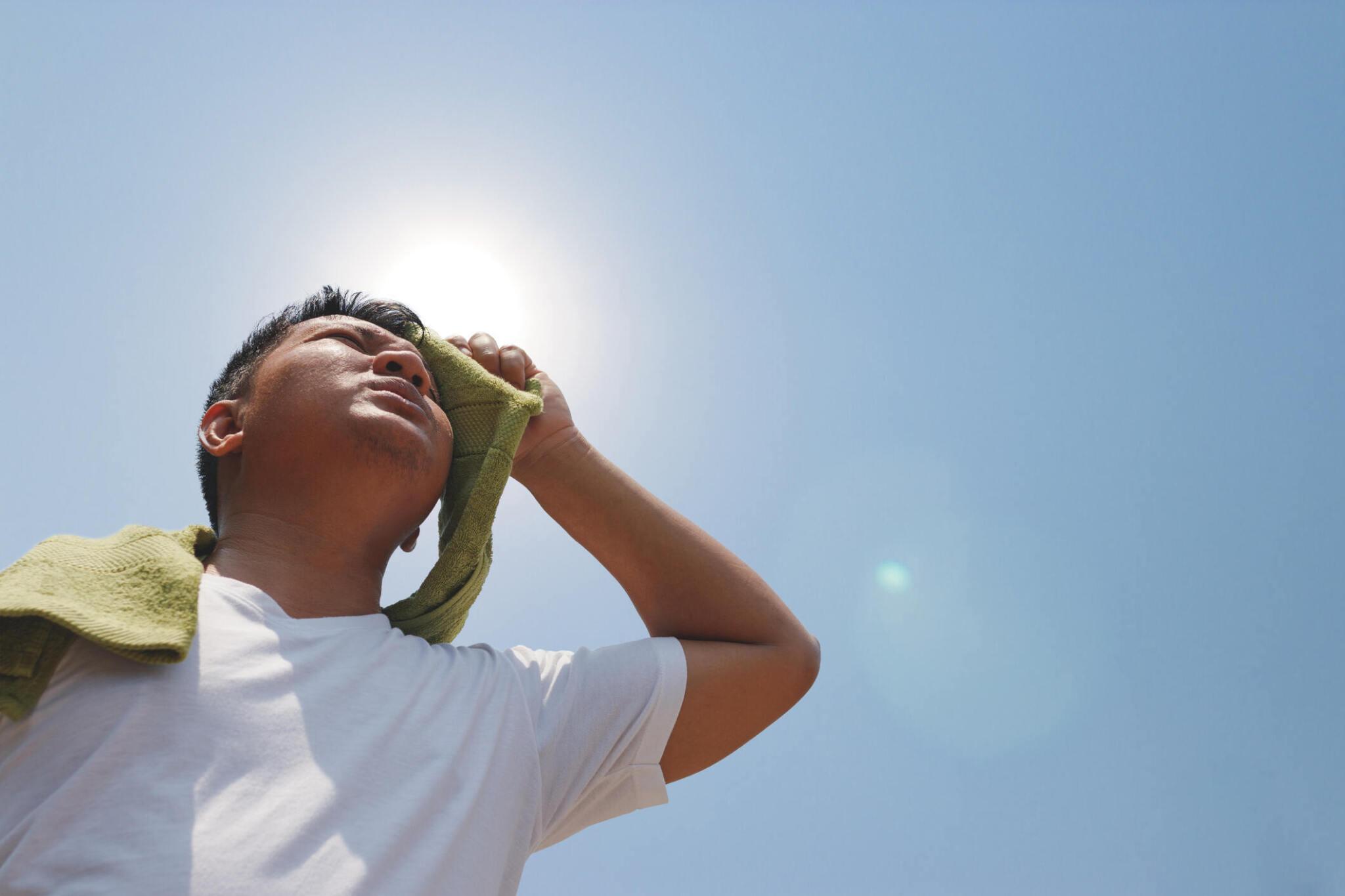An advance in eye care might bring hope for countless elderly individuals facing vision impairment, as scientists create novel eye drops aimed at addressing age-related vision decline. This progress could revolutionize the treatment of vision loss, possibly decreasing the necessity for invasive interventions and enhancing the quality of life for senior populations.
Age-related vision loss affects a significant portion of the population, with conditions such as macular degeneration, cataracts, and presbyopia becoming increasingly common as people grow older. Traditionally, treatments have involved corrective lenses, surgical interventions, or lifestyle modifications, but these solutions often address symptoms rather than the underlying causes. The development of specialized eye drops represents a potential paradigm shift, targeting the biological mechanisms behind age-related eye decline and offering a non-invasive, accessible option for long-term vision care.
How the latest eye drops function
The new eye drops are designed to repair and protect retinal cells, improve ocular blood flow, and reduce oxidative stress—factors that contribute to vision deterioration over time. Researchers have focused on formulations that combine advanced antioxidants, peptides, and nutrient complexes to nourish the eye at a cellular level. By strengthening retinal function and supporting healthy eye tissue, these drops aim to slow or even reverse certain aspects of age-related vision loss.
Clinical studies have shown encouraging outcomes, with individuals noting enhancements in sharpness of vision, decreased eye discomfort, and improved night vision. Although the therapy is still being evaluated for broader endorsement, specialists remain hopeful that this method could complement or, in certain instances, substitute more invasive techniques. Furthermore, the eye drops are undergoing testing to assess their capacity to avert initial vision deterioration, providing a preventive strategy to preserve ocular health as the population grows older.
Beyond the biological effects, the ease of using eye drops makes them a sensible choice for everyday purposes. In contrast to surgical procedures or more involved treatments, these drops can be seamlessly incorporated into a daily routine, improving compliance and optimizing possible advantages. Accessibility and simplicity are vital, particularly for the elderly who might encounter mobility or health issues that complicate regular visits to healthcare facilities.
Effects on older demographics
The impact of efficient, gentle treatments for vision loss due to aging is significant. Countless seniors around the globe face challenges such as reduced independence, limited mobility, and restricted daily activities as a result of worsening eyesight. Impaired vision can affect driving, reading, social engagement, as well as the general quality of life, frequently leading to isolation, depression, and other health issues. Eye drops targeting the root causes of degeneration might assist individuals in preserving their independence and staying actively involved in daily life.
Health services could also gain from the broad implementation of these therapies. Halting or decelerating the deterioration of eyesight might diminish the necessity for operations, prolonged care, and specialized assistance, thereby alleviating the pressures on hospitals and medical centers. Furthermore, these eye drops could be integrated into public health strategies as a component of preventive care, promoting routine use in older populations to sustain eye health and improve general wellness.
Researchers highlight that although eye drops present a promising option, they should be used alongside lifestyle changes for the best outcomes. Keeping a well-balanced diet with nutrients beneficial for eyes, shielding eyes from too much UV light, and getting regular eye examinations are additional steps that improve the success of medical therapies. Comprehensive eye care methods incorporate biological, behavioral, and environmental elements to maintain long-term vision health.
The mechanisms of vision deterioration related to aging
Understanding how vision deteriorates with age is crucial to recognizing the potential advantages of these eye drops. Eye conditions like macular degeneration happen when retinal cells break down, causing a decline in central vision, while cataracts form due to the clouding of the eye’s natural lens. Factors such as oxidative stress, inflammation, and diminished blood circulation often contribute to these issues. These eye drops seek to address these root causes, offering a strategy that is both preventative and more efficient compared to conventional treatments that only address symptoms.
Research into retinal regeneration, nutrient delivery, and ocular biochemistry has accelerated in recent years, fueled by advances in biotechnology and pharmacology. Scientists are increasingly able to create formulations that deliver precise compounds directly to ocular tissue, improving absorption and efficacy. The combination of laboratory innovation, clinical research, and patient feedback is driving a new era of vision therapies, with non-invasive options such as eye drops at the forefront.
Perspective on the future and accessibility
En el futuro, la potencial disponibilidad masiva de estas gotas para los ojos podría transformar los estándares de atención para la pérdida de visión relacionada con la edad. Las aprobaciones regulatorias, la capacidad de fabricación a gran escala y las estrategias de distribución serán fundamentales para determinar la rapidez con la que los pacientes podrán acceder a este tratamiento. Si se implementa con éxito, podría ofrecer una alternativa económica a las cirugías o medidas correctivas a largo plazo, haciendo que el cuidado ocular avanzado sea más equitativo y accesible a nivel mundial.
Continuing investigations aim to identify further uses, such as early prevention, improvement of night vision, and aid for people with certain retinal disorders. Customized formulations designed according to a person’s genetic and eye health characteristics may also emerge, resulting in specialized treatments that maximize benefits for each patient. These advancements highlight a general movement towards proactive, personalized healthcare focused on prevention, early action, and enhancing quality of life.
Integrating new treatments into daily life
For patients and caregivers, the introduction of advanced eye drops will require education on proper usage, adherence, and monitoring for potential side effects. Healthcare providers will play a crucial role in guiding patients through the integration of these treatments into their daily routines, ensuring both safety and effectiveness. In addition, public awareness campaigns may help older adults recognize the importance of early intervention and consistent eye care, fostering a culture of proactive vision maintenance.
The broader impact of such treatments extends beyond physical health. Maintaining good vision supports mental well-being, independence, and social engagement, contributing to holistic aging. Individuals with improved eyesight can continue hobbies, professional activities, and social interactions, enhancing overall life satisfaction and reducing the psychological challenges often associated with age-related vision decline.
The development of eye drops that target the root causes of vision loss represents a major advancement in medical science and preventive care. By combining scientific innovation, accessibility, and lifestyle integration, these treatments have the potential to transform how society approaches aging and eye health. As research progresses and availability increases, millions of people may find renewed hope in maintaining clear vision and enjoying the independence and quality of life that comes with it.





